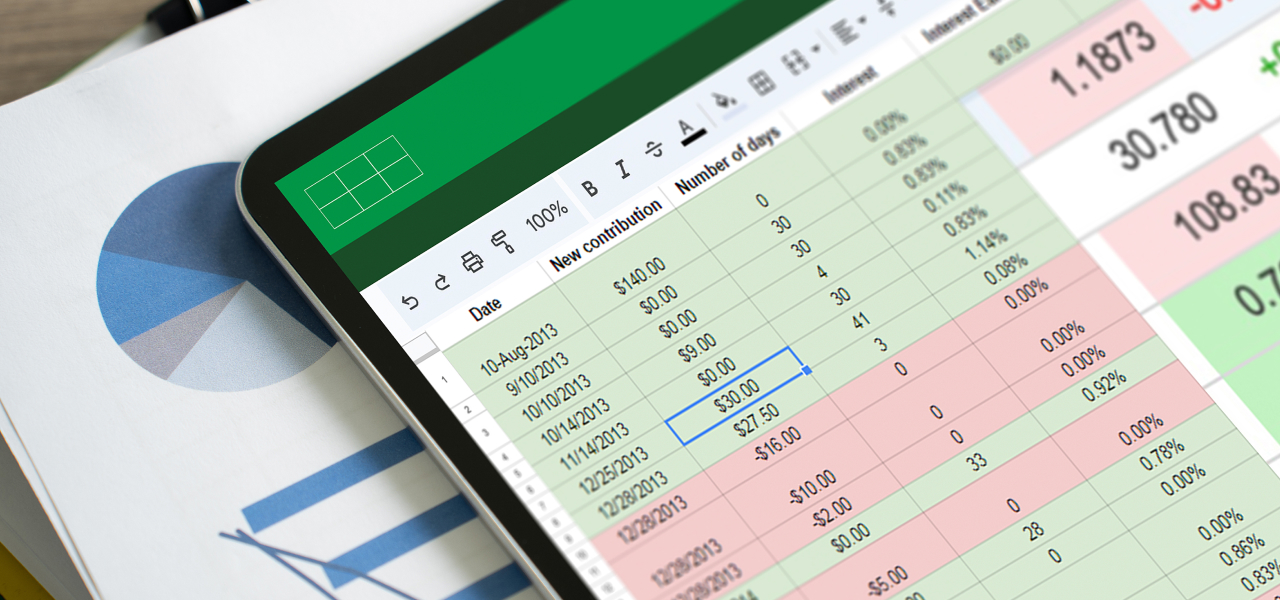Family offices retain sophisticated and complex portfolios compared to other general wealth management groups. Manual processing leads to an increased risk of errors and making important decisions based on inaccurate information.
This is why many family offices are leveraging the capabilities technology offers by investing in accounting software. Certain software programs aren’t developed to handle the complexity of unique portfolios. Even if you do select the right accounting software, implementation and consistent oversight are key factors that determine the success and usefulness of your system.
In this family office software guide, we will go over the following four steps, showing you not only how to select the right program for your family office, but also how to effectively leverage your accounting system to achieve long-term growth and profitability:
- Understanding the importance
- Choosing the right software
- Effectively implementing the software
- Focusing on consistent oversight
Step #1: Understanding the Importance
The first step in utilizing accounting software in your family office is to understand its importance. The ability to automate transaction processing not only saves on resources, like payroll, but also gives your family office the opportunity to strategically plan for organizational growth.
In addition, many family offices struggle to unite different segments of their business. For example, your team members tasked with real estate investment management might use a different system compared to your stock market manager. This creates operational silos that can lead to poor collaboration amongst your team. Investing in software that provides a unified general ledger can infuse clarity throughout all investment avenues.
Software is also important from a time standpoint. Automating the flow of data generates access to real-time data. Family offices no longer need to wait until month-end to see how profitable the month was. Instead, they can pull up a current income statement to see where the numbers fall to implement actionable change before the month is over.

Step #2: Choosing the Right Software
QuickBooks was once the popular choice for family offices because of its cost-effectiveness and user-friendliness. In recent years, family offices have begun exploring other options that improve reporting capabilities and investment transparency. Consider the following areas when choosing the right software for your family office.
Complexity
As technology continues to drive innovation, new investment avenues are becoming popular among family offices, like foreign currency hedging, cryptocurrency, and other digital assets. Finding accounting software that can translate foreign currency into USD or automatically report changes in fair market value is a valuable component of family office accounting software.
Privacy Considerations
Data mining is a prevalent threat to family offices. Hackers and outside parties are constantly trying to gain access to the financial records of your family office. Cloud-based programs are a popular choice because of additional security measures and automatic backup features. Despite the benefits, certain family offices may prefer to hold all data in-house, leading to complete control and sole access. If this is a feature you are interested in, check that your prospective software has this capability.
Unified Operations
The accounting software you use for your family office should provide unified operational capabilities. Certain software programs, like QuickBooks, don’t have the processing abilities to hold all of your investment types. A unified general ledger system provides real-time visibility into all of your investments from one place, facilitates collaboration among your team members, and paves the way for actionable insight. Inquire if your prospective accounting software has this feature.
Automation Abilities
Most accounting software comes with automation abilities, but it’s important to confirm. The automation capacity usually varies based on the complexity. For example, most software programs will have no problem flowing general bank statements, but what about investment statements? Family offices can have dozens of investment statements in any given month, making it vital to have the right resources to reduce the data entry burden.
Step #3: Effectively Implementing the Software
Once you have found a family office accounting software that fits your needs and requirements, it’s time to effectively implement the software. Implementation isn’t as easy as many managers believe. Not only is there a learning curve associated with the new system, but there is also a need to add past records.
Most accounting software programs assign you an individual to help with the implementation and training of your employees. If the software you choose doesn’t offer you this service, you may want to reconsider your choice.
Your team may be hesitant to adopt the use of new accounting software, but it’s important that all team members take the initiative and utilize the software to reduce silos and promote company-wide policies. Often, team members are reluctant because of a lack of knowledge of the new program, which is why training is so important.
Throughout the implementation process, the goal should be to overhaul the old program or manual processes. Although accounting software can be a disruptive technology in some family offices, the long-term success of the system relies on a full conversion.
Step #4: Focusing on Consistent Oversight
Family office accounting software requires consistent oversight. The investment avenues of your family office are constantly changing. This creates a need to set up new accounts, link additional outside accounts, and ensure that reports are being generated accurately.
In addition, the regulations your family office is subject to can also change. Hedge accounting and digital asset reporting are becoming increasingly popular areas of government oversight. As regulations affecting your reporting change, your accounting software needs to be adjusted as well.
To effectively and efficiently oversee your accounting software, consider checking internal controls, guiding regulations, and reporting accuracy on a monthly basis. This allows you to detect any mistakes or inefficiencies timely, promoting the accuracy of your reporting.
Summary
Family office accounting software can add great value to your business, reduce constrained resources like team member time, and support complex areas of your investments.
Understanding the importance, selecting the right system, implementing the software, and focusing on oversight are four main areas associated with your family office accounting software.
Take the time to go through each step to see the most success and value from your accounting software and don’t be afraid to reach out for expert help when you feel overwhelmed.







